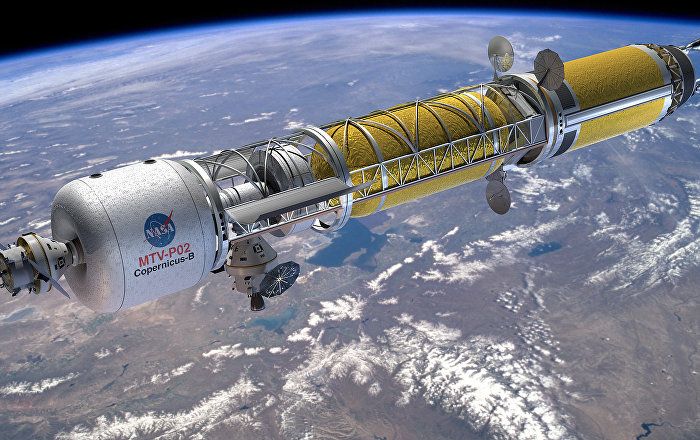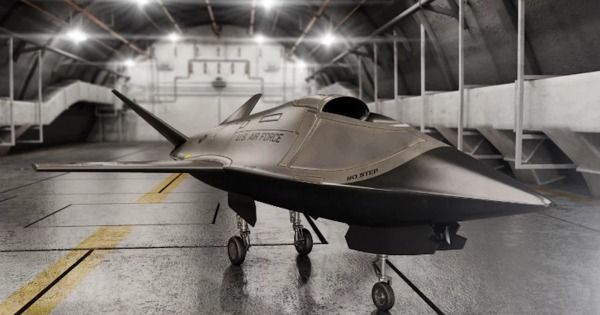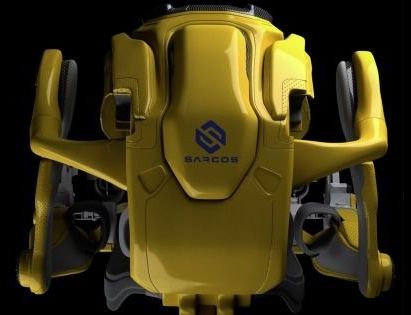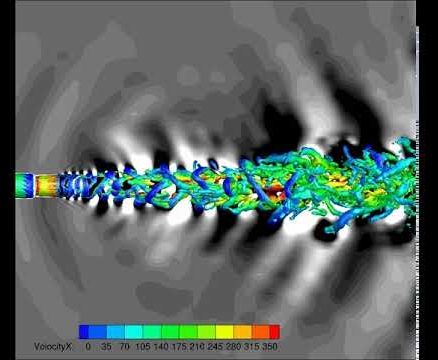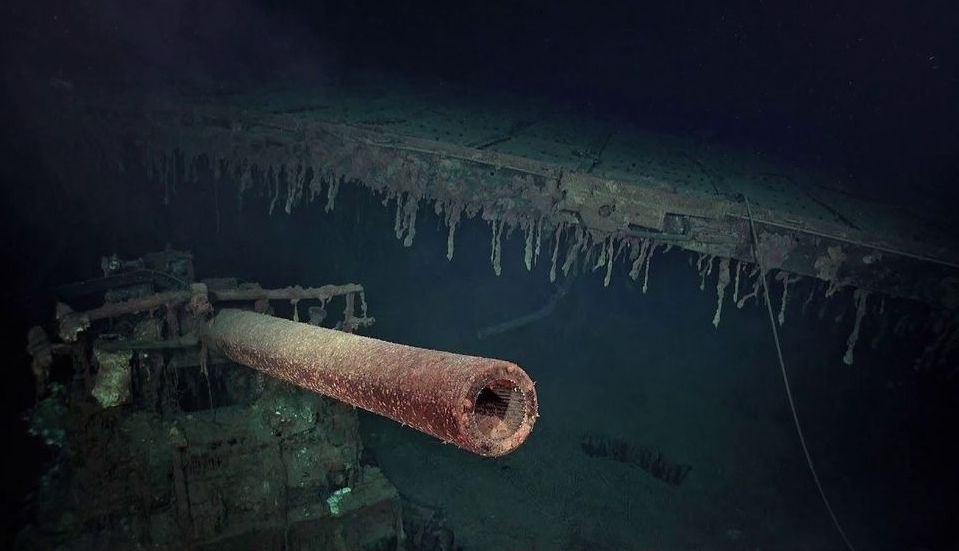According to the report, the Defence Advanced Research Projects Agency (DARPA) has requested at least $10 million for its Reactor on a Rocket (ROAR) programme.
The Defence Advanced Research Projects Agency intends to assemble a nuclear thermal propulsion (NTP) system in orbit, Aviation Week reported, citing the Pentagon’s 2020 budget.
“The program will initially develop the use of additive manufacturing approaches to print NTP fuel elements… In addition, the program will investigate on-orbit assembly techniques (AM) to safely assemble the individual core element subassemblies into a full demonstration system configuration, and will perform a technology demonstration”, the budget document says.
